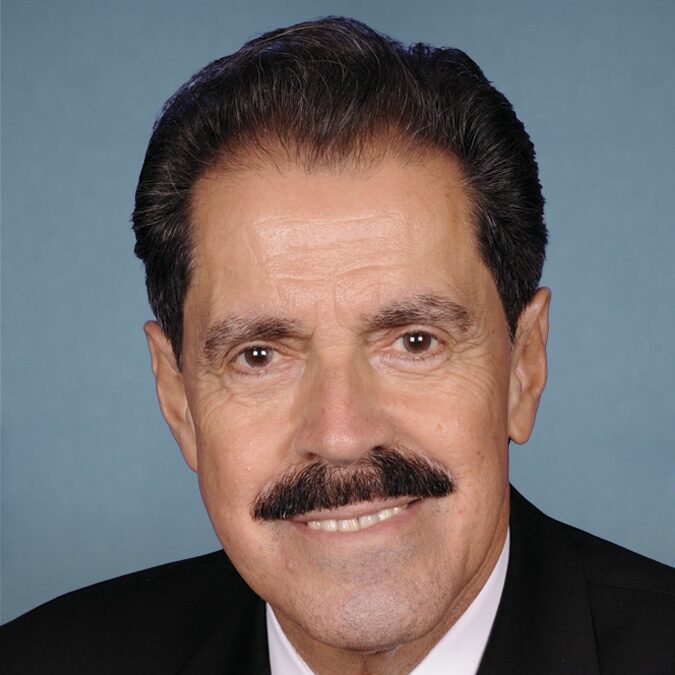Update: As of March 2024, the Biden administration officially approved proposals for new response options for both “Middle Eastern or North African” and “Hispanic or Latino.” Census participants will have seven “race and/or ethnicity” categories with instructions that say: “Select all that apply.”
On the United States Census, many immigrants from Latin America, Afro-Caribbea, and MENA (Middle East and North Africa) groups currently check “some other race,” translating to around 1 in 7 Americans, or around 50 million people.
Nationwide, this creates a data problem as researchers fear it doesn’t produce the data needed to address racial inequities and obscures people’s identities.
For marketers, underreporting certain racial information in demographic data can have significant implications on multicultural marketing strategies and decision-making. Marketers may not understand their target audience, leading to less effective and potentially discriminatory marketing campaigns.
Around 50 million Americans identify as “some other race” as their preferred checkbox on the census.
The Third-Party Data Problem for Marketers
Some Third-Party demographic data marketers use is missing important racial information.
Marketers rely on Third-Party census data from Third-Party targeting partners to understand consumer preferences, behavior, and audience demographics (e.g., age, gender, income, race).
If around 15% of Americans (1 in every 7) identify as “some other race,” customer profiles may mislead marketers if they do not account for the Latino and MENA demographics.
Misleading data can result in marketing campaigns that fail to resonate with diverse communities and perpetuate racial and ethnic inequities in the industry.
Let’s look at how this happened and review our solution to this problem.
So, Why Is the “Some Other Race” Category So Large?
In 1910, the Census Bureau introduced an “Other” category for race in the national census but didn’t expect it to yield large numbers.
Census workers were instructed to assign people’s race based on observation. If a person’s race were unclear, the workers would abbreviate it as “Ot” on forms and then spell out the person’s race.
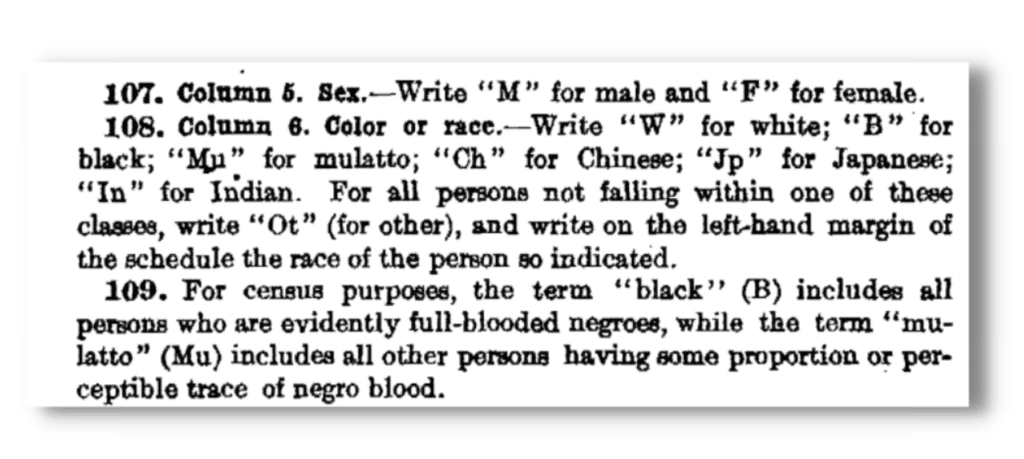
By 1960, the Census Bureau abandoned the racial observation practice and allowed all U.S. residents to self-report their racial identities based on their birth country.
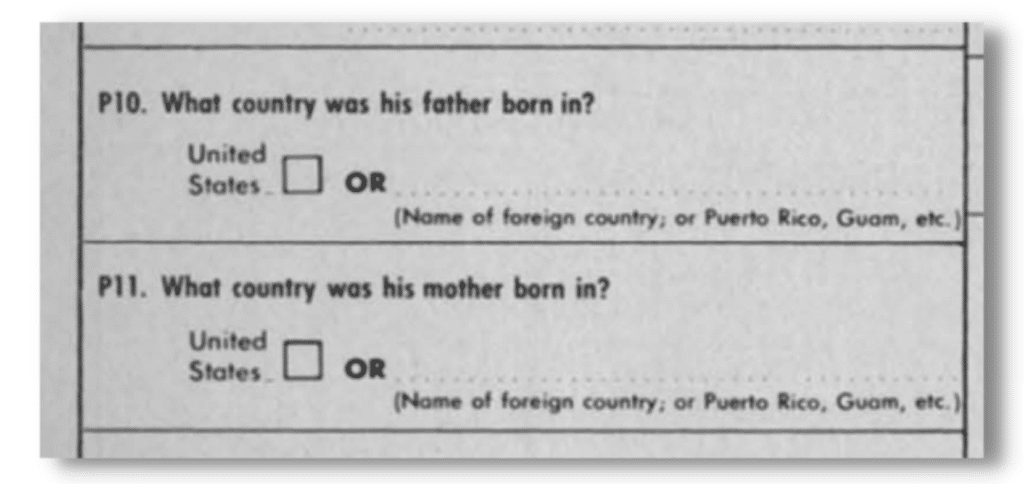
The Census Bureau added the “Some other race” option in 2000 but later considered removing it to address noncomparability issues with other government surveys not using the racial category. Removal was expected to improve Latino response accuracy to the census race question.
Then, in 2004, Rep. José Serrano of New York introduced a congressional mandate to preserve the “Some other race” category in the census, supported by Latino civil rights groups concerned about inaccurate counts of other racial categories used for redistricting and enforcing antidiscrimination laws.
From a 2004 press release about the “Other” race option on census forms
“Millions of American Latinos do not fit neatly into one of the Census Bureau’s race categories…This will ensure that Americans are not forced to racially self-identify in a way they are uncomfortable with and will produce census results that better reflect the realities of race today.”
How the “White” and “Some Other Race” Boxes Obscure Racial Identities of Many Latino and MENA Peoples
Unfortunately, while the “Some other race” category allowed Americans to self-identify, it also created a “huge data problem” because it prevented accurate representation and identification of various groups in data.
Because the federal government uses census data to allocate funding, inaccurate racial data can affect mortality tabulations, equal resource distribution, and political representation for underrepresented groups.
The Pew Research Center surveyed different approaches to measuring Latino racial identity using a four-question survey, including the standard two-question method used by the U.S. Census Bureau.
How Pew Measured Identity Among Hispanics
They used four questions to assess Latinos’ racial identity:
- What is your race or origin? (White, Black or African American, Asian or Asian American, Two or more races, Some other race or origin)
- How would most people describe you, if, for example, they walked past you on the street? Would they say you are … (White, Hispanic or Latino, Black or African American, Asian or Asian American, Native American or Indigenous (the native peoples of the Americas such as Mayan, Quechua or Taino), Native Hawaiian or other Pacific Islander, Mixed race or multiracial, Other ____).
- In your own words, how would you describe yourself if you could describe your race or origin in any way you wanted?
- Which of these most closely matches your own skin color, even if none of them is exactly right? (If this question makes you uncomfortable, you may skip it.)
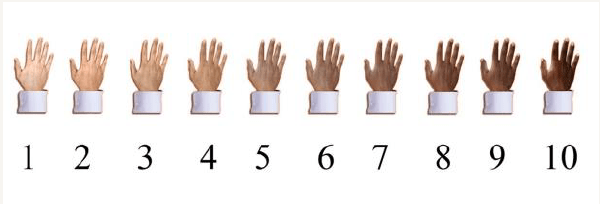
When asked to identify their race and ethnicity according to the Census Bureau’s format, the majority of Hispanics (58%) identified as White.
However, seven-in-ten Hispanic adults said most people would describe them as Hispanic when walking past them on the street. In an open-ended question describing their race or origin, most Latinos say they are Hispanic or Latino or give their origin country.
While many individuals identify as Latino rather than Hispanic, those of MENA descent have no choice but to select the White category on the census.
⚡ Until 1952, the naturalization system in the US imposed racial restrictions on which immigrants could become citizens, with many from the Middle East and North Africa seeing whiteness as an easier path to citizenship.
Early MENA immigrants saw whiteness as a means to obtain full rights in the US and even argued in court that they were white in order to be eligible for naturalization as US citizens.
Unfortunately, their lived experience tells another story: experiencing stereotyping that presumes they’re prone to violence, terrorism, and marked as “other.”
Also, checking “White” or “Some other race” in a box fails to capture Latino and MENA individuals’ diverse backgrounds, traditions, characteristics, and needs.
💡 The Office of Management and Budget (OMB)’s 1997 updated guidance defines “White” as having origins in Europe, the Middle East, or North Africa, forcing MENA individuals to choose between “White” or “Other” on federal documents.
To remedy this, The Biden administration implemented changes to the 2030 census and federal surveys to transform how Latinos and MENA people are counted.
👥🏘️ Struggling to develop a multicultural campaign?
We developed our own three-stage Multicultural Campaign Maturity Model to help diagnose your marketing strategy and pinpoint where to make improvements.
- We’ll help you find your audience and discover how to reach them deterministically.
- We’ll conduct cultural research to create authentic messaging that resonates with your intended audience.
- We’ll show you the why and how behind our data sets to provide context that helps inform future campaigns.
Let KORTX help you create successful multicultural messaging that speaks to your audience authentically.
The Implications of Adding New Latino and MENA Checkboxes
The proposed changes add a new checkbox for “Hispanic or Latino” and “Middle Eastern or North African.” If approved, it would resolve a century-old inaccurate categorization of MENA and Latino people as white or “some other race,” with implications beyond just demographics and statistics.
Also, research by the Census Bureau suggests a combined question about race and ethnicity, which could more accurately count non-white people.
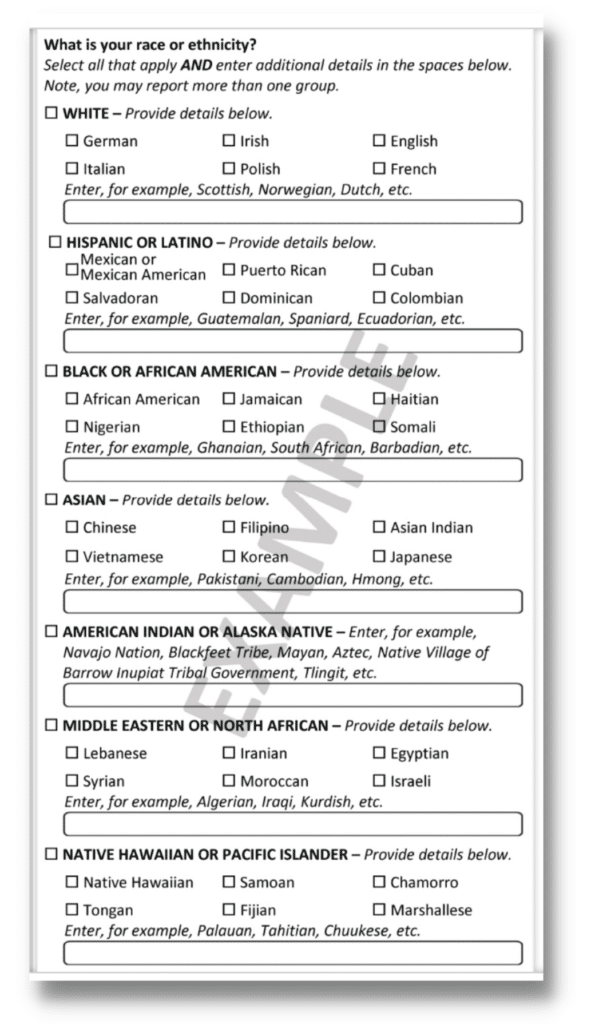
Proposed example of a combined race-ethnicity question.
Adding a MENA race box on the census would allow the 5 million MENA Americans to be more accurately counted and represented in government programs and policies, allowing them to name themselves in a way that aligns with their identity.
What Will These 2030 Census Changes Mean for Marketers
The data gap created by undercounting certain ethnic and racial groups can lead to incomplete and inaccurate customer profiles and may negatively impact marketing campaigns.
What impact does census misrepresentation have on marketing accuracy and inclusivity?
“Using just Third-Party (including census) data to develop customer profiles won’t give a full picture of the population. This can result in marketing campaigns that miss the mark for certain groups, perpetuating racial inequities. Also, this data gap could perpetuate racial inequities in marketing, potentially widening socioeconomic and racial gaps. To be inclusive, marketers need to look beyond Census and Third-Party data and use 1P data so they reach all communities.”
With the phaseout of Third-Party cookies, marketers need to fill in the gap with additional data sources anyway, like First-Party data.
First-Party data is the most reliable because it’s sourced directly from a marketer’s target audience, their customers.
Learn more about First-Party data, why you must incorporate it, and how to collect customer data.
Marketers can collect 1P data from sources like websites, mobile apps, CRM data, SMS text messaging, and surveys.
As marketers plan their campaigns, they can create their own survey questions that align with the same demographic categories used in the 2030 census. For example, they can use the proposed categories to understand their audience’s racial demographics better.
However, marketers should customize survey questions to suit their business objectives rather than using the census questions verbatim.
Example: A pet food company marketer may ask specific questions, like “What type of pet(s) do you own?” or “How often do you purchase pet food?” to gather more relevant and actionable insights than the generic census question of “Do you own a pet?”
At KORTX, we developed Axon Audience Manager to help brands and agencies build and segment custom First-Party audiences and receive real-time reporting on which tactics drive performance.
Outside of Axon Audience Manager, how does KORTX help marketers guarantee the most accurate audience information possible?
“KORTX can perform an analysis of 1P segments and append additional demographic details to supplement our Audience Manager insights. The process, called data enrichment, enhances, refines, or improves raw data by adding additional information gained from external sources. We apply multiple tools and partners to get the most well-rounded data set against an audience of 1P site visitors.”
Although Third-Party data can offer valuable demographic insights, its limitations underscore the importance of augmenting it with First-Party data and data enrichment. By doing so, marketers can develop more comprehensive and representative customer profiles, allowing them to create marketing strategies that accurately reflect and include all communities.
Reimagining Demographic Data Collection
Marketers rely on Third-Party demographic data, such as the census, to inform business decisions. However, census data is often incomplete or inaccurate for Latino and MENA populations, harming businesses and communities.
Marketers should consider collecting their First-Party data to supplement existing data sources and partner with KORTX to develop a comprehensive data enrichment strategy incorporating diverse and accurate demographic data.
By gathering comprehensive and reliable demographic data directly from their customers, businesses can create marketing campaigns that better serve their customers and communities.
Data that reflects your customers and your community. 🌈🌍🌐
We can help you collect accurate demographic data through Axon Audience Manager and other data enrichment strategies.
Don’t let inaccurate data get in the way of your success.
Kate Meda is a Copywriter at KORTX. She enjoys omitting needless words and making things sound good.

